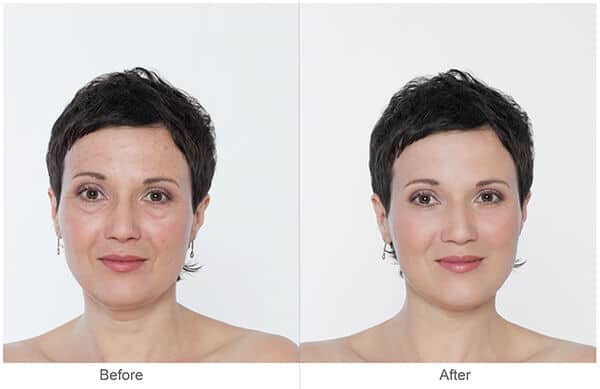Ptosis is the term used for a drooping upper eyelid. Ptosis, also called blepharoptosis, can affect one or both eyes.
The eyelids serve to protect and lubricate the outer eye. The upper eyelid is lifted by a muscle called the levator muscle. Inside the back part of the lid is a tarsal plate which adds rigidity to the lid. The levator muscle is attached to the tarsal plate by a flat tendon called the levator aponeurosis. When the muscle cannot lift the eyelid or lifts it only partially, the person is said to have a ptosis.

The eyelids serve to protect and lubricate the outer eye. The upper eyelid is lifted by a muscle called the levator muscle. Inside the back part of the lid is a tarsal plate which adds rigidity to the lid. The levator muscle is attached to the tarsal plate by a flat tendon called the levator aponeurosis. When the muscle cannot lift the eyelid or lifts it only partially, the person is said to have a ptosis.
Causes and symptoms:
Ptosis may occur because the levator muscle’s attachment to the lid is weakening with age. Acquired ptosis can also be caused by a number of different things, such as disease that impairs the nerves, diabetes, injury, tumors, inflammation, or aneurysms. Congenital ptosis may be caused by a problem with nerve innervation or a weak muscle. Drooping eyelids may also be the result of diseases such as myotonic dystrophy or myasthenia gravis.
The primary symptom of ptosis is a drooping eyelid. Adults will notice a loss of visual field because the upper portion of the eye is covered. Children who are born with a ptosis usually tilt their head back in an effort to see under the obstruction. Some people raise their eyebrows in order to lift the lid slightly and therefore may appear to be frowning.
Diagnosis:
Diagnosis of ptosis is usually made by observing the drooping eyelid. Finding the cause of the condition will require testing for any of the illnesses or injuries known to have this effect. Some possible tests include x rays and blood tests.
Treatment:
Ptosis is usually treated surgically. Surgery can generally be done on an outpatient basis under local anesthetic. For minor drooping, a small amount of the eyelid tissue can be removed. For more pronounced ptosis the approach is to surgically shorten the levator muscle or connect the lid to the muscles of the eyebrow. Or, the aponeurosis can be reattached to the tarsal plate if it has separated. Correcting the ptosis is usually done only after determining the cause of the condition. For example, myasthenia gravis must be ruled out before performing any surgery. As with any surgery, there are risks, and they should be discussed with the surgeon.
Children with ptosis need not have surgery immediately, however their vision must be checked periodically to prevent lazy eye (amblyopia).
Prognosis:
After diagnosing the cause of a drooping eyelid, then correcting the condition, most people have no further problems related to the ptosis. The correction, however, may still not make the eyes symmetrical. Patients should have reasonable expectations and discuss the outcome with their doctor prior to surgery.




